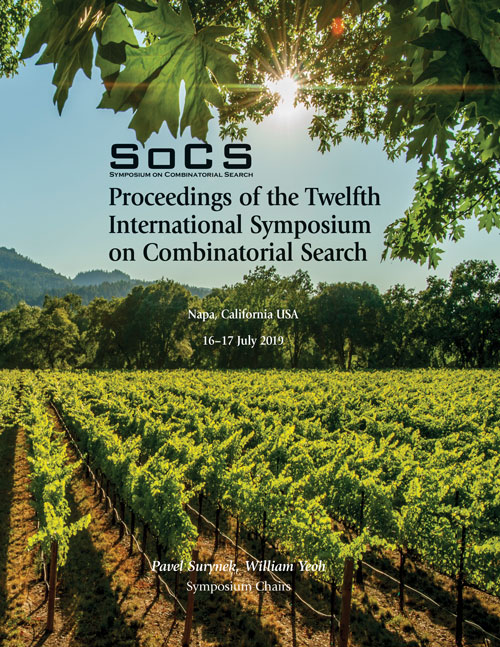Multi-Agent Pathfinding: Definitions, Variants, and Benchmarks
DOI:
https://doi.org/10.1609/socs.v10i1.18510Abstract
The multi-agent pathfinding problem (MAPF) is the fundamental problem of planning paths for multiple agents, where the key constraint is that the agents will be able to follow these paths concurrently without colliding with each other. Applications of MAPF include automated warehouses, autonomous vehicles, and robotics. Research on MAPF has been flourishing in the past couple of years. Different MAPF research papers assume different sets of assumptions, e.g., whether agents can traverse the same road at the same time, and have different objective functions, e.g., minimize makespan or sum of agents' actions costs. These assumptions and objectives are sometimes implicitly assumed or described informally. This makes it difficult for establishing appropriate baselines for comparison in research papers, as well as making it difficult for practitioners to find the papers relevant to their concrete application. This paper aims to fill this gap and facilitate future research and practitioners by providing a unifying terminology for describing the common MAPF assumptions and objectives. In addition, we also provide pointers to two MAPF benchmarks. In particular, we introduce a new grid-based benchmark for MAPF, and demonstrate experimentally that it poses a challenge to contemporary MAPF algorithms.

